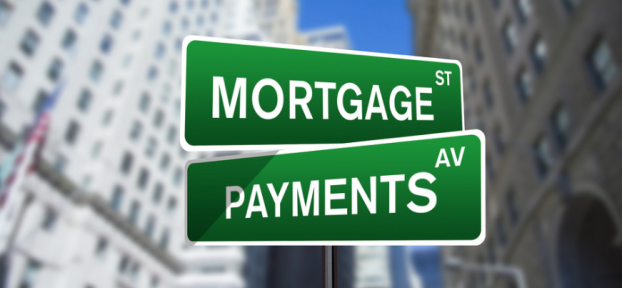Well, here we go, you want a new vehicle. You ask yourself: should I buy a new or used car or rent one?
Make a list of your needs
First and foremost, take a blank piece of paper and a pen and list your needs:
- How many passengers (you, couple, children, carpool)?
- Use: work, leisure, both?
- What is the daily mileage according to use?
- How many years will you keep the vehicle?
- Are you going on holiday by car, where?
- Which models interest me?
Set your budget
List all expenses related to the automobile of your choice. Use the CAA calculation tool on the cost of using a car. Financing matters a lot: choose the cost over the year, not the week. And compare the rates offered by the dealer and your bank. Borrowing from the bank could allow you to benefit from a cash purchase discount at the dealership.

Shop
Consult the guides. Read the experts’ comments in the media. Note the strengths and weaknesses of the models of your choice. Complete your search on the internet. Then make a list of dealers to visit.
Rent or buy?
On the sheet just now, draw a vertical line and write “rent” and “buy” on each side. In each column, quantify the advantages and disadvantages (see table). Compare the prices and resale value of each model on the internet and in the classifieds. If it is low, the rental may be possible (luxury vehicles depreciate very quickly). And if you make a lot of mileage, forget the rental. Also consider the consumption of the vehicle, especially if you are traveling long distances. If you have made up your mind to rent a car, why not check the chase freedom rental car insurance?
LEASING
Advantages
- Less expensive than buying
- Fewer problems in case of vehicle theft
Disadvantages
- Fees are required if you exceed the mileage listed in the contract (between 18,000 and 24,000 km / year)
- Insurance is more expensive because of refurbishment in the event of an accident
- Administrative costs are often high
- The cost of the possible repurchase of the vehicle exceeds the resale value on the market
- You are inevitably billed for damage (normal wear rate) at the delivery of the vehicle
- Interest rates are higher than buying
- You have no assets
PURCHASE
Advantages
- No mileage limit
- You own your car longer than with renting
- Insurance less expensive than renting
- Possibility of resale
- Interest rates are lower than renting
- We can negotiate the purchase price or the options
- Your asset can last a long time after you finish paying it
Disadvantages
- The monthly purchase is higher than the rent
- Your car loses between 30% and 40% of its value as soon as you leave the dealership
- Annual depreciation of about 10% (popular models)
- The depreciation varies greatly depending on the make, model and condition of the vehicle
- Resale to an individual requires time and energy
Call your insurer
Before buying or renting, ask your insurer or broker for an idea of the premiums for the models of cars you want based on your usage.

Ask questions, negotiate
At the dealership, bring in written questions and attractive offers from your competitors. Look independent to have control of the discussion, introduce yourself at the end of the month (sellers must achieve their goals), avoid unnecessary options (anti-stain treatment, loan insurance, new value insurance, life insurance) , negotiate on their costs or get freebies (extended warranty, remote starter, power windows, gadgets), opt for vehicles in inventory to negotiate a discount on the price, be polite and wear nice clothes (you will be better served) , require free services (oil change, winter tire installation and storage, alignment). Bear in mind that the profit margin on the most popular new models is around 6%.
Above all: take a test drive (never when it rains) and demand a written offer. If the salesperson or sales manager is pushing, shop elsewhere.
Have the right “timing”
The best time of the year to buy is now (February to March). As the new models have arrived: you can get a special liquidation. And choose a less popular model.
Used vehicle
Ask for the dealer’s OPC license and have the vehicle inspected. View the transaction history of a used car at the SAAQ. Take a test drive to the registration office, where you will pay for the vehicle.



